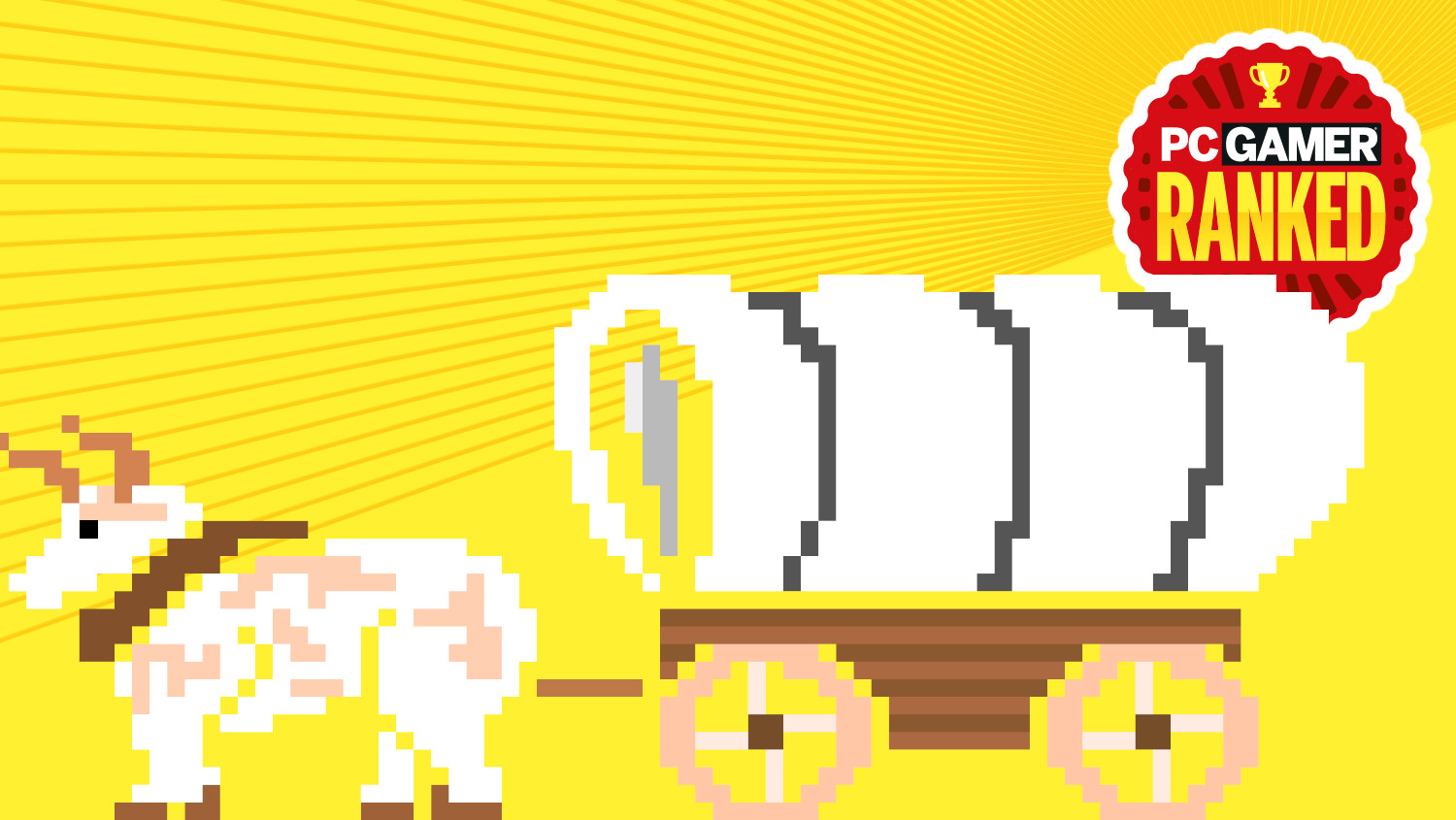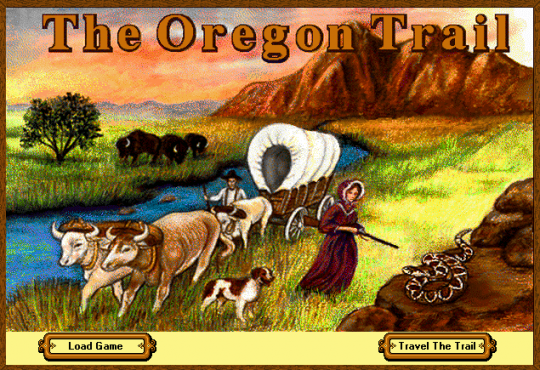
By then, Rawitsch had moved on, but in 1995, a decade after the game first appeared on Apple II computers, MECC President Dale LaFrenz told an interviewer that The Oregon Trail accounted for about one-third of MECC’s $30 million in annual revenue. As desktop computers began to sprout in classrooms, MECC spun off a for-profit company that sold millions of copies of The Oregon Trail and other early titles nationwide.Ī new generation of coders added graphics, sounds, and music to create the versions of The Oregon Trail that most kids have played since. The game quickly became MECC’s most popular title.

When his bosses put out a call for innovative products, Rawitsch volunteered to find the paper roll and type out the code, and soon the game was available to anyone with a link to the state consortium’s mainframe. And while most schools at the time looked upon computers simply as tools to, well, teach about programming more computers, MECC’s founders took a broader view, creating a library of instructional software on a variety of topics that any school statewide could use for free. I got a jean jacket and a copy of the game instead of owning an island somewhere.” Oregon Trail cocreator Paul DillenbergerBy the early 1970s, Minnesota was a proto-Silicon Valley, with four of the U.S.’s biggest computing companies-UNIVAC, Control Data, Honeywell, and IBM Rochester-setting up shop there in the years before the California-born personal computer took over in the popular imagination.

But before they did, they printed out a few copies of the 800 or so lines of code, tore off the 3-foot printouts, and took them home. The experiment came to an end, and the trio prepared to wrap up their work in the two schools. Kids recruited the best typist in the group.Īt the end of the week, Rawitsch had to relinquish the teletype, rolling it into a colleague’s classroom. “After a while, when they figured out that their time in class was going to run out if they kept wasting time arguing over decisions, somebody said, ‘Well, why don’t we vote on it?’ So they kind of created democracy on the fly.”Įach democracy also functioned as a meritocracy-the hunting mini-games required players to type words like BANG or BLAM as quickly and accurately as possible.


Bill Heinemann, The Oregon Trail’s coder, with a scroll containing the game’s original 800 or so lines of code “They’d use this as an opportunity to do some group problem-solving,” he said, recalling arguments about who exactly did what in the game.


 0 kommentar(er)
0 kommentar(er)
